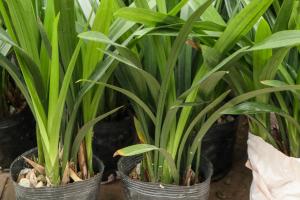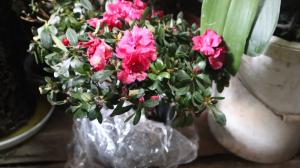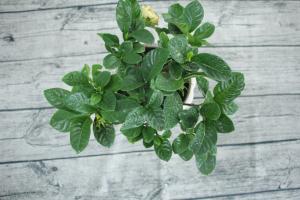Do You Have to Pinch Tomato Plants?
Tomatoes are one of the most popular and versatile vegetables grown in home gardens. They are easy to grow and produce plenty of fruits when given the right care. One of the most common questions that tomato growers ask is whether they should pinch their tomato plants. In this article, we will explore the benefits and drawbacks of pinching tomato plants.
What Does Pinching Tomato Plants Mean?
Pinching tomato plants means removing the suckers that grow between the main stem and the branches of the plant. Suckers are small shoots that emerge from the crotch between the stem and the branch. They grow quickly and can often overtake the main stem, reducing the yield of the plant. By removing suckers, you can help the plant focus its energy on producing fruits instead of leaves and stems.
The Benefits of Pinching Tomato Plants
Although it may seem counterintuitive to remove parts of the plant, pinching tomato plants has several benefits. First, it helps to control the size of the plant. Tomatoes can grow quite tall and bushy, so removing the suckers can help to keep the plant at a manageable size. Second, it improves air circulation around the plant, which can help to prevent diseases from developing. Third, it can increase the size and quality of the fruits. By limiting the number of branches and leaves, the plant can focus its energy on producing large, healthy fruits.
The Drawbacks of Pinching Tomato Plants
While there are many benefits to pinching tomato plants, there are also some drawbacks to consider. Pinching the plant can be time-consuming and can require several rounds of pruning throughout the growing season. Additionally, if you remove too many suckers, you can reduce the overall yield of the plant. Finally, if you live in a cooler climate, pinching the plant can actually reduce the amount of fruit that it produces. This is because the extra leaves and branches can help to protect the fruit from the cold and wind.
When Should You Pinch Tomato Plants?
The best time to pinch tomato plants is when they are still young and small. You should start pinching the suckers when they are about 2-3 inches long. You can use your fingers to snap off the sucker or use garden clippers to make a clean cut. As the plant grows, you should continue to pinch off any new suckers that emerge. However, if your goal is to increase the yield of the plant, you can leave some of the suckers intact. This will create a bushier plant with more fruits, albeit smaller in size.
Conclusion
So, do you have to pinch tomato plants? The answer is no, but it can be beneficial for the plant and the fruits if done correctly. Remember that each plant is different, and what works for one may not work for another. Observe your plants and adjust your pruning technique accordingly. Happy gardening!

 how many times do yo...
how many times do yo... how many planted tre...
how many planted tre... how many pine trees ...
how many pine trees ... how many pecan trees...
how many pecan trees... how many plants comp...
how many plants comp... how many plants can ...
how many plants can ... how many plants and ...
how many plants and ... how many pepper plan...
how many pepper plan...

































